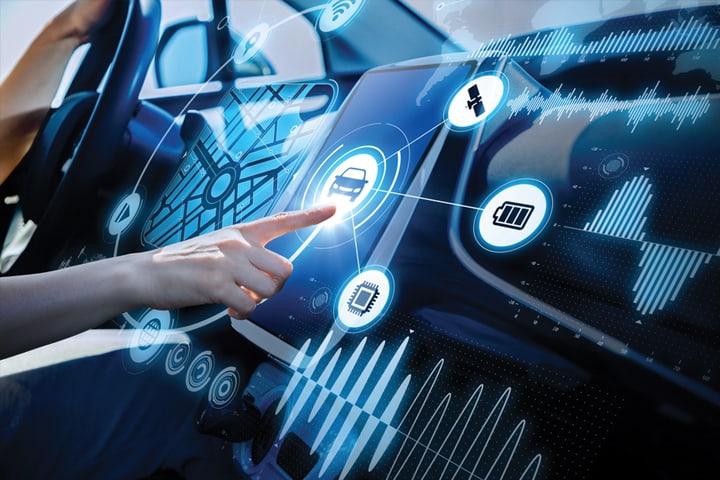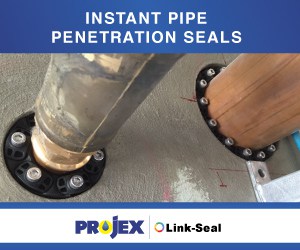by Anthony Johnstone, Director Training, Access Detection
With the advent of autonomous vehicles in our day-to-day lives, it got me thinking about how we can compare these vehicles to our pipe and cable locators and their automated modes.
I personally have a vehicle that has some of these autonomous modes and, in the right circumstances, these modes work well to reduce the load when you are driving.
There are lots of acronyms thrown around, AEB (Automatic Electronic Braking), ACC (Adaptive Cruise Control), LKA (Lane Keep Assist), a good example of how these can work well is when driving on a wide freeway with good line markings and defined edges. All the sensors and computers calculate speed position and direction in these ideal circumstances. Add to this the ability to see a vehicle in front and adjust speed, and even brake, and you feel like you can release control of the vehicle, letting the computer take over.
Run the same autonomous system on a country road with few line markings, rough surfaces and sharp bends and that system can barely cope. Soon you are hearing all kinds of beeps and flashing warnings, or worse still, you could end up in a paddock or heading towards a cliff. I have found weather conditions can also affect these systems if they impede the cameras, radar systems or sensors.
Now let’s relate this back to modern pipe and cable locators. Various makes and models all have autonomous modes, some use graphics displays, and others guide you to the service using arrows. All generally have automatic gain and depth. So, in ideal locating circumstances, for example single services with no congestion (no other services around), these modes will be accurate and easy to use. Like our autonomous vehicles, these modes have ideal operating conditions. But these modes should not be used in an area with more than one service or when you have poor signal.
Like the example of poor weather with our autonomous vehicle, add a weak signal to the equation when you are trying to trace your service and you are most definitely going to get yourself into grief.
When you drive a vehicle on substandard roads you need to adjust the way you drive. You need to have full control of the vehicle, be able to read the road, watch your speed and adjust to the conditions. You need to have your hands on the steering and use the correct gear for the required circumstances.
If we relate this back to locating you need to use your conventional controls, locate using peak mode, and confirm if you have a clean field by switching and comparing your null mode. You need to monitor your current and depth as you trace and adjust your gain according to the conditions. This is the true and only way to operate a locator professionally.
On a final note, most suppliers will always show you how easy and how many functions their locators have, but these only usually add to the cost of the unit and don’t benefit in actually locating the service.
In the end, it is how it performs under the harsher conditions that a locator operator may come across. Examples may include weak signals, distorted fields, multiple signals and poor far end earthing. No matter how fancy the locator looks or how many antennas it has, you can’t rely on this to accurately locate the position. Performance is key to a good locator and this is normally through having a few highly sensitive antennas as opposed to the highest number of antennas. The only way to truly test its ability is in these more difficult environments.


















